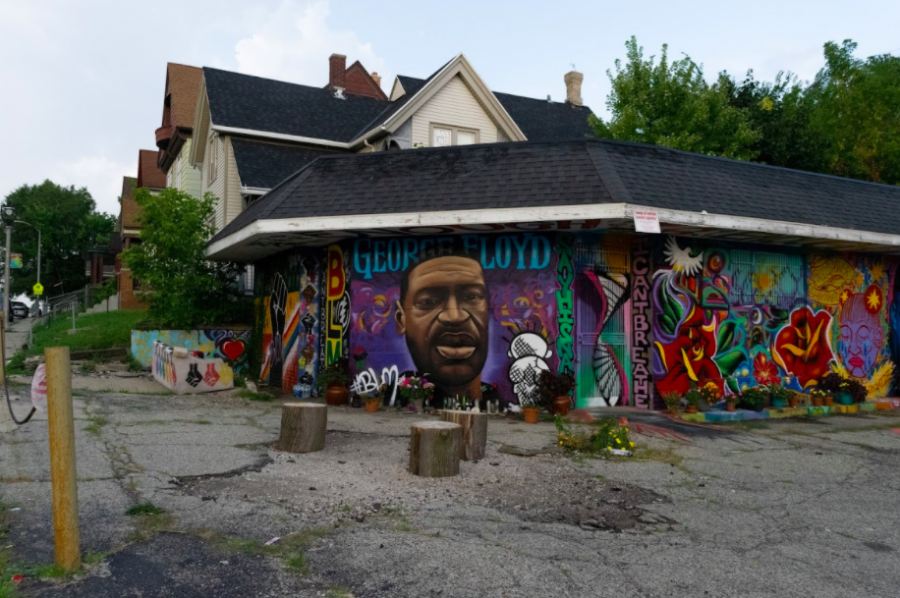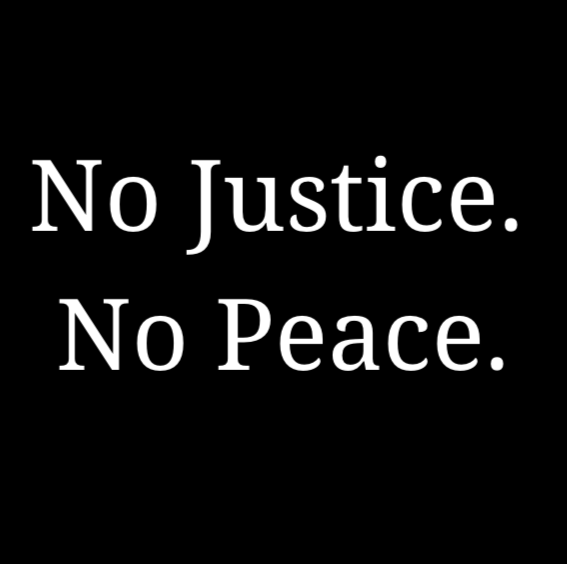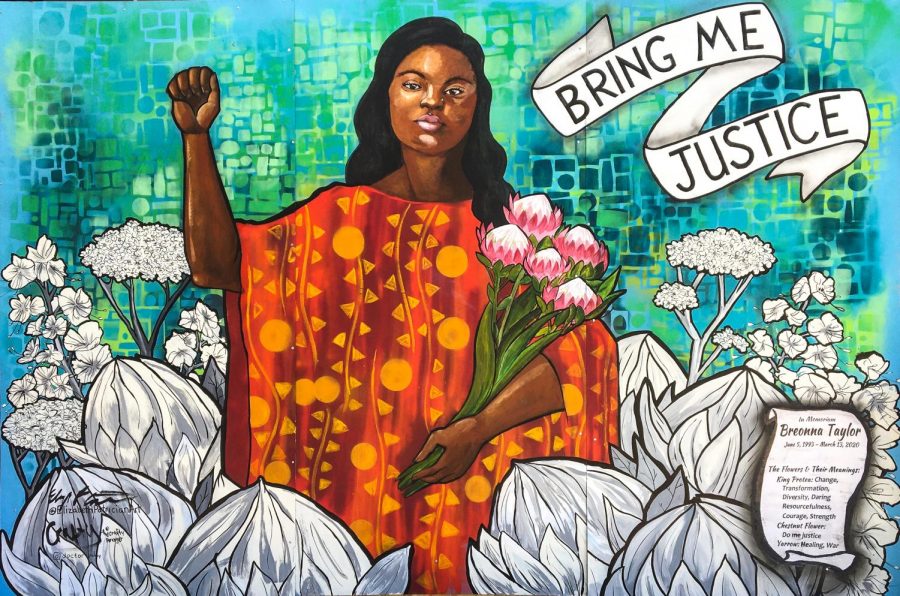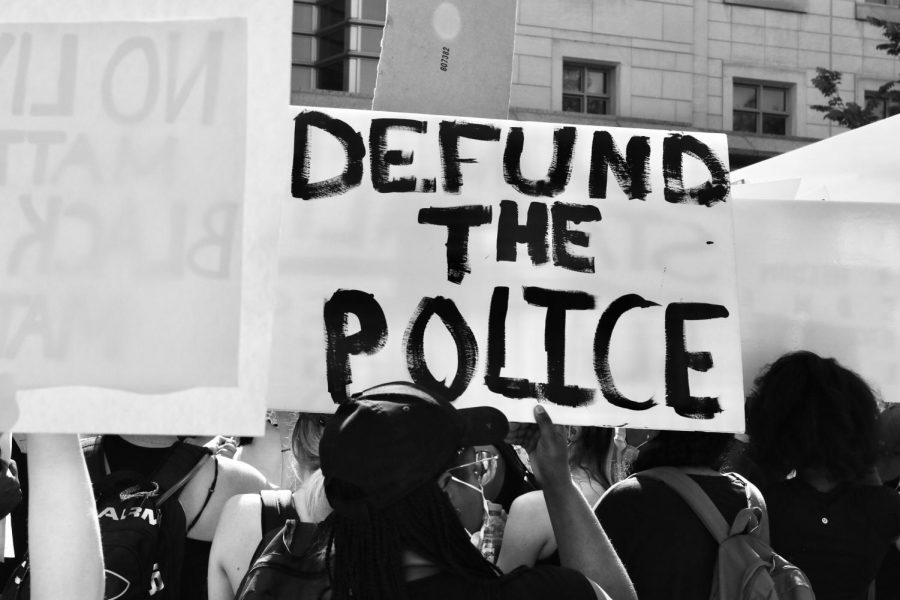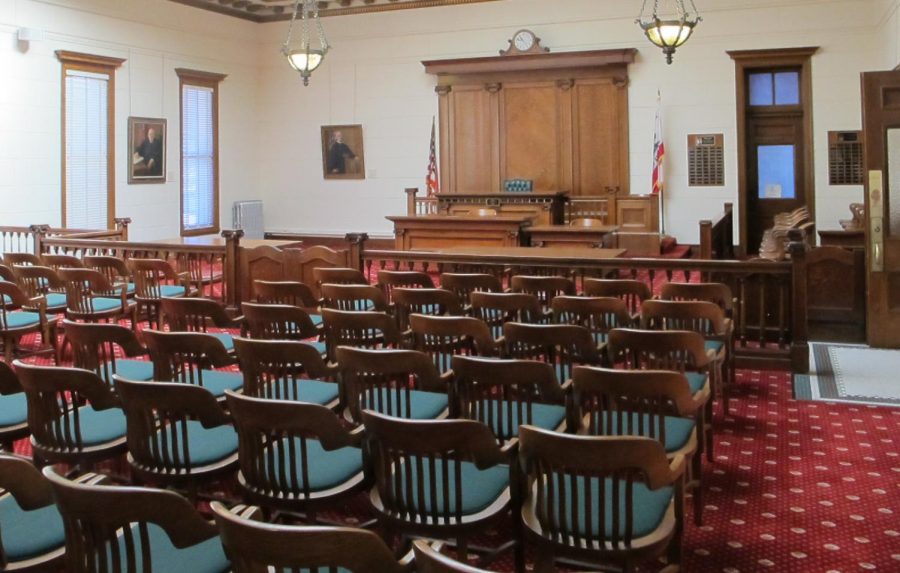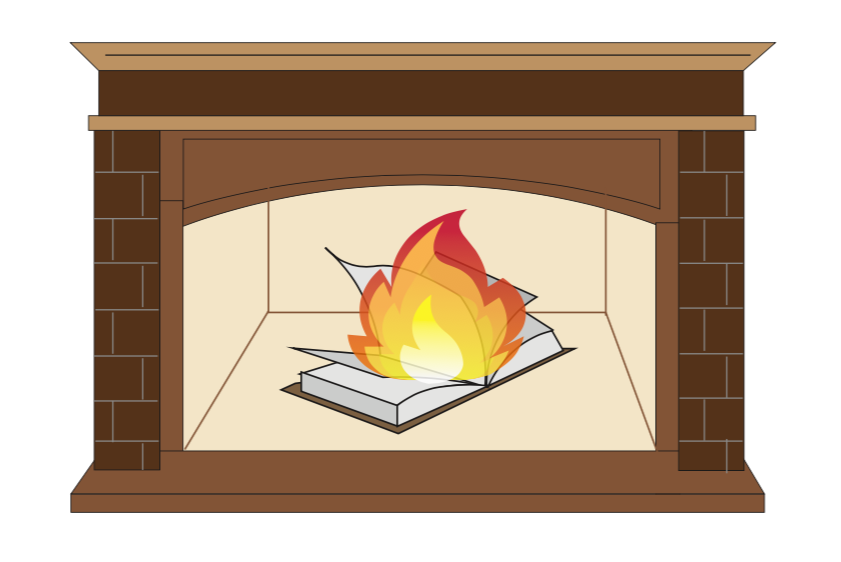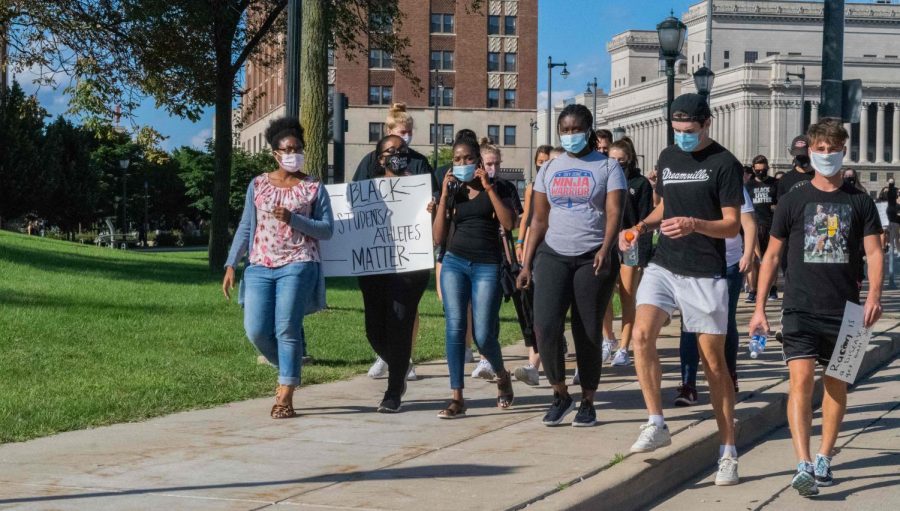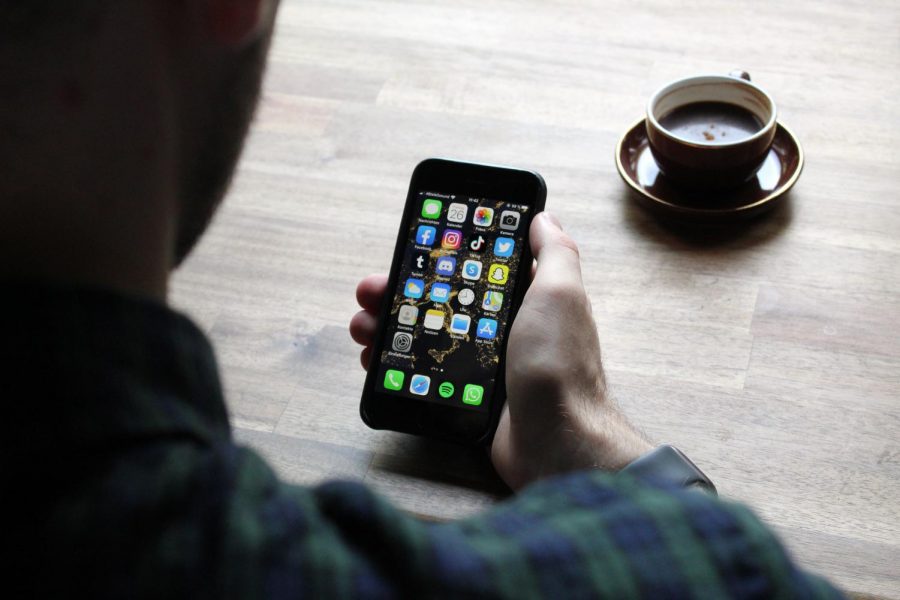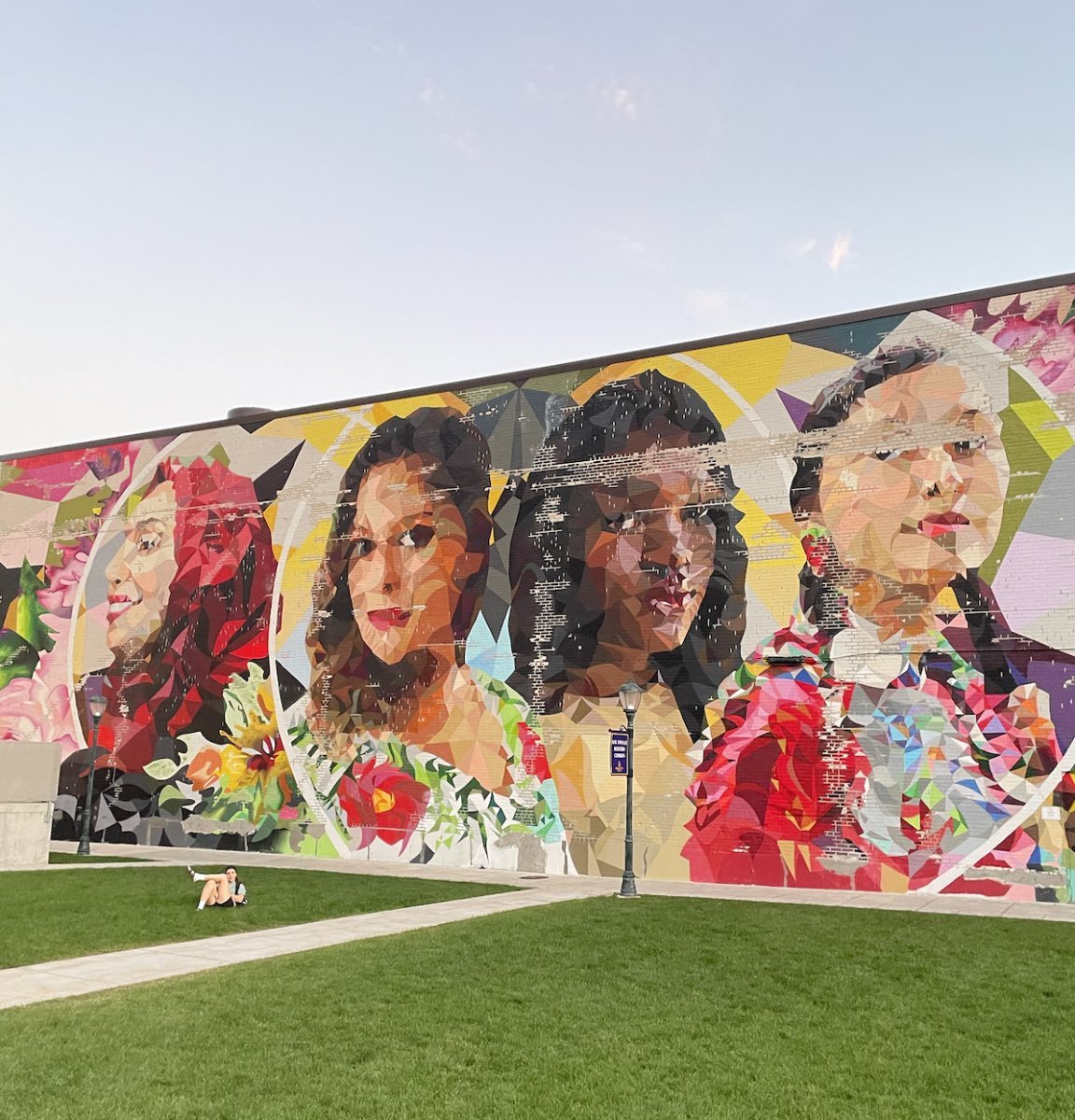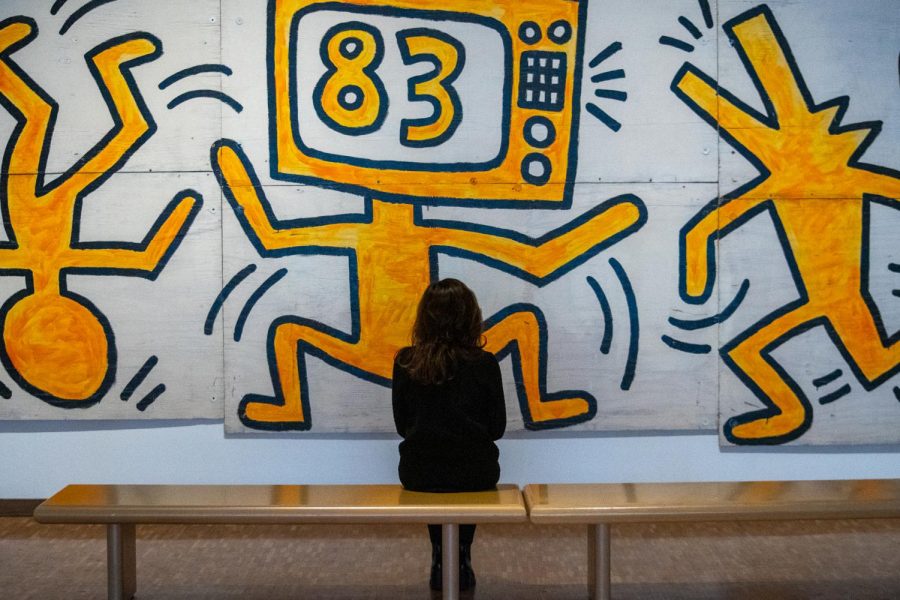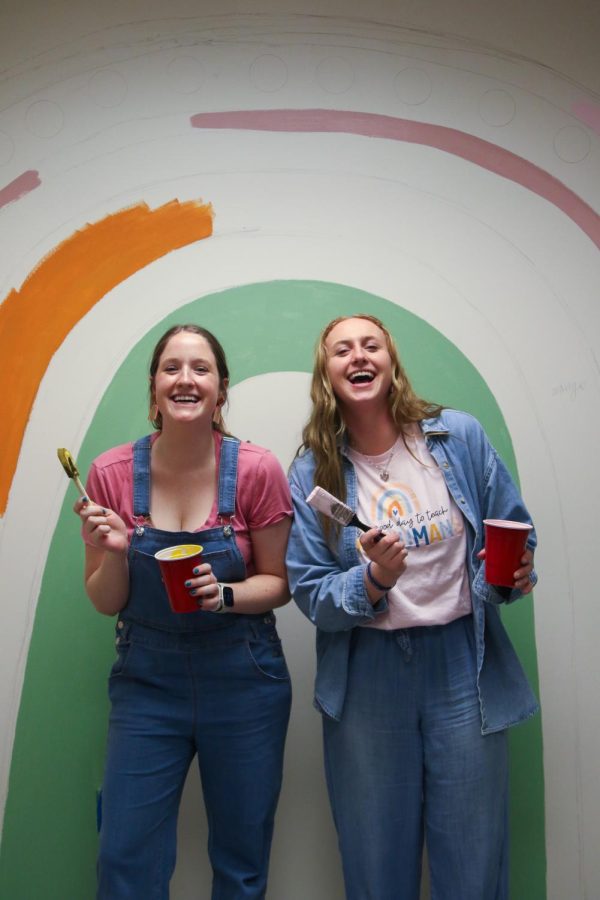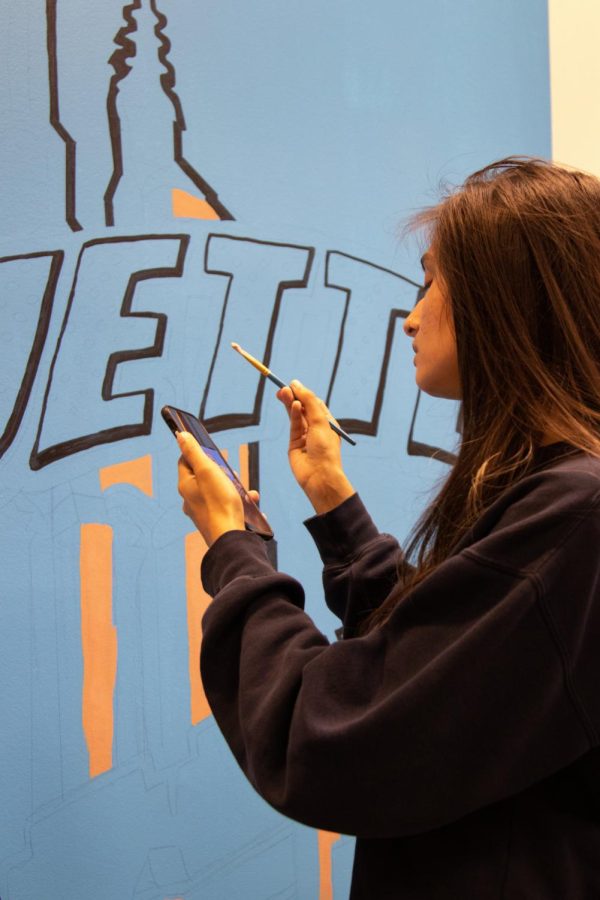While exploring downtown Milwaukee, it is pretty easy to spot various sculptures, colorful murals and unconventional buildings around the city. These pieces of art have developed into landmarks that remind us not only of the direction we are traveling, but of our past and the fight for equality that still hovers over us today.
This is especially true now in 2020 as political tensions and movements for justice have swept across the nation.
Sculpture Milwaukee
Sculpture Milwaukee is an annual art exhibition that showcases various pieces of artwork around the city of Milwaukee. According to its website, Sculpture Milwaukee is a “non-profit organization galvanizing Milwaukee’s place among the Midwest’s robust arts industry.” Each year they introduce a new exhibition of public artworks from both internationally and regionally acclaimed artists.
In a press release, Sculpture Milwaukee announced its plans for its annual 2020 exhibition on July 27, which will be held throughout most of the year. The free, outdoor exhibition will allow people to get fresh air and enjoy the artwork displayed downtown, while also wearing face masks and social distancing.
Marilu Knode, director of curatorial affairs and education for Sculpture Milwaukee, said the organization specifically looks for artists of different generations, genders, ethnic backgrounds and conceptual groundings to bring to Milwaukee.
“Any piece of public art is made by an artist who is reacting to the world in which they live,” Knode said in an email. “Even the most abstract piece of art has associations and we try to figure out what their work means just as we try to figure out our political world.”
Knode said Sculpture Milwaukee has been working to address the current issues of racial injustice across the nation.
“Critique of our cultural environment is not new in the visual arts, and there have been many works in Sculpture Milwaukee that have explicitly addressed the ethnic, racial and gender disparities of our country,” Knode said in an email. “If democracy means working towards a more just and equitable world, what is more democratic than critiquing things that fall short?”
So far, two works have been purchased and are being installed permanently in the community. The first is a piece by Sanford Biggers, which will be available to the public once America’s Black Holocaust Museum opens to the public. The opening date will be determined once it is safer for people to gather together and COVID-19 cases die down. The second is Radcliffe Bailey’s work, titled “Pensive,” which was installed at the new BMO Harris Tower south of City Hall.
Other artworks that will be a part of the 2020 exhibition include Carlos Rolón’s “Gild the Lily,” located at the Chase Tower at the intersection of North Water Street and East Wisconsin Avenue, Beverly Pepper’s “Curvae in Curvae” and Tony Tasset’s colorful “Blob Monster.”
Riverwest Murals
With the Black Lives Matter movement bringing increasing transparency to the current state of our nation, many artists have turned to painting as a way to express their values and spread awareness. Recently, there have been new murals popping up around Riverwest, including the statements “Black Lives Matter” and “no justice, no peace,” pictures of George Floyd and Breonna Taylor as well as fists, the reoccurring symbol of the Black Lives Matter movement.
Some artists include Justin Stone, Jaqui Tavares, John Fleissner and Chloe Higgins.
Julia McNeil, a senior in the College of Arts & Sciences, said she enjoys seeing people starting to take action, even if it is just creating artwork around the city.
“The injustice has been right under our noses our entire lives, yet many people are only just now taking action and beginning to hold themselves and their friends and family accountable,” McNeil said. “We need to do better and we need to not sit idly by just for the sake of preserving our own comfort … We need to be allies for our black and brown classmates, teachers and neighbors.”
Peacemakers
Located next to a bus stop at the intersection of Mitchell Street, Kinnickinnic Avenue and First Street, the “Peacemakers” mural features Nelson Mandela, Rosa Parks, Shaka Zulu, Father James Groppi and other key figures in the Civil Rights movement. This piece was painted in the late 1980’s by Milwaukee’s NAACP Youth Council and continues to serve as a reminder of those who have fought for peace in the past.
Mural of Peace
The Mural of Peace was originally painted in 1993 on wood panels by artist Renaldo Hernandez. In 1999, when a storm knocked it down, a campaign was put together to restore it. Numerous local groups, businesses, schools and churches came together to help fund its restoration.
This story was written by Skyler Chun. She can be reached at [email protected].

